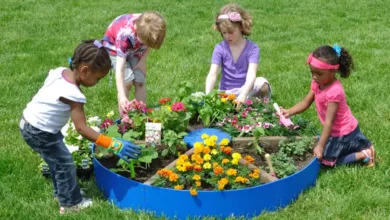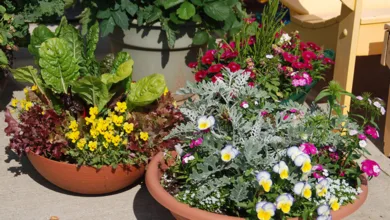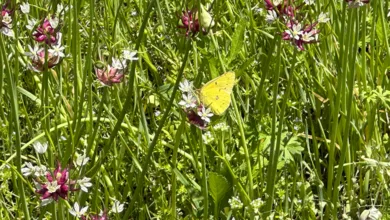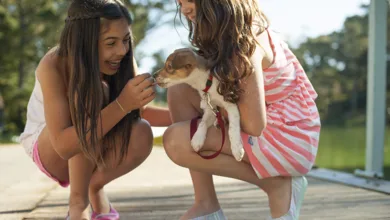Tips on How to Keep Houseplants Healthy While Keeping Your Pets Safe

Photos by Melinda Myers ~
You love your pets and your houseplants — but it can be challenging to raise them safely, together, in the same house. Reduce the risk by selecting pet-safe plants and carefully managing houseplant pest problems.
Avoid complications by selecting plants suited to your home’s growing conditions and gardening style. Then narrow the list further to plants that are non-toxic specifically to the type of pets you own. Consult with your veterinarian and visit the website for American Society for the Prevention of Cruelty to Animals (ASPCA) for a list of pet-safe plants.
Create a list of all the plants you are growing. Include both common and botanical names for accurate identification. Do a bit of research on the care they need and their toxicity to your pets. If you suspect your pet has ingested a toxic plant, you’ll have the proper plant name when contacting your veterinarian.
Match the pet-friendly plants you select to their preferred light conditions. An east- or west-facing window provides enough light for most indoor plants. Keep those that need brighter light within two feet of the window. Those that prefer lower light can be grown near a north-facing window or up to six feet back or off to the side of an east- or west-facing window.
For low light situations, consider cast iron plant, Lady palm, and parlor palm, or add artificial lights when growing other pet-friendly plants in more moderate light conditions.

Grow grape ivy, spider plants, baby tears (Soleirolia), peperomias, prayer-plants, Boston ferns, ponytail palm, and hoyas in brighter locations. Save the brightest light locations for Norfolk Island Pine, lipstick plant, and haworthia.
Add some color to your indoor garden with popular flowering plants like an African violet, Christmas cactus, or moth orchid. These plants are also listed as non-toxic on the ASPCA website.
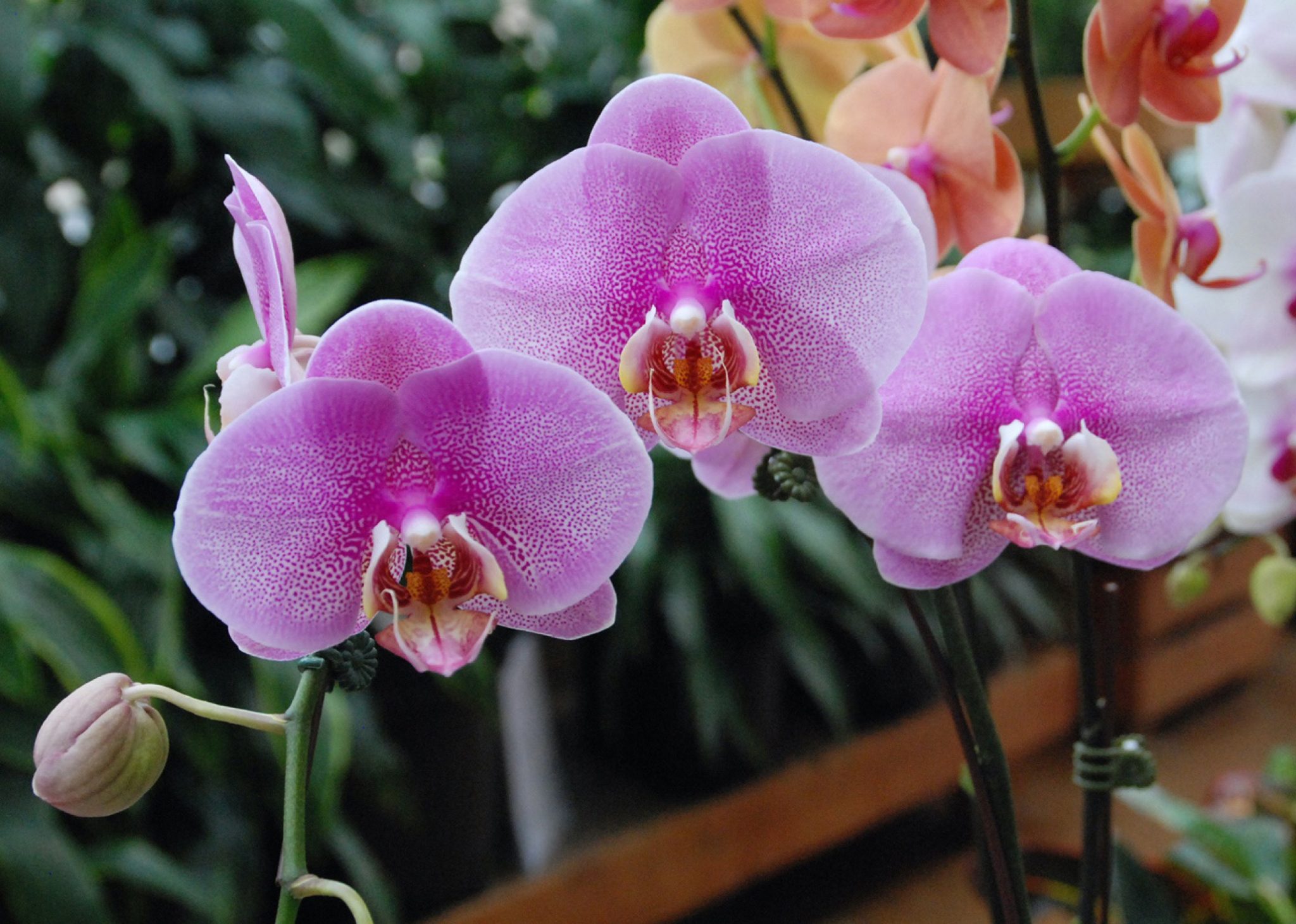
Water your plants thoroughly as needed. Tropical plants prefer slightly moist soil, while cacti and succulents like it drier. Always pour off any excess water that collects in the saucer.
Allowing plants to sit in water can increase the risk of disease and lead to root rot.
Regularly groom and wipe the dust off the leaves of your indoor plants to help reduce the risk of insect damage. Remove spotted leaves when they appear and adjust your watering schedule. This is usually enough to correct fungal disease problems.
When pest problems require control, always select pet-friendly options. Start with a strong blast of water to dislodge pests like aphids and mites. Follow with an application of a lightweight horticulture oil such as Summit Year-Round Spray Oil (SummitResponsibleSolutions.com). This organic spray controls aphids, mites, immature whiteflies, and all stages of scale and mealybugs.
And if those tiny fruit-fly-like gnats are too annoying to tolerate, consider treating the potting mix with a Bacillus thruingiensis israelensis product such as Summit Mosquito Bits labeled for controlling fungus gnat larvae. Just sprinkle it on the soil surface, and this naturally occurring soil bacterium kills the fungus gnat larvae in the soil. It’s an organic insecticide safe for people, pets, and plants.
No matter the product you select – organic, natural, or synthetic – be sure to read and follow label directions.
Proper plant selection and maintenance can help keep your indoor plants healthy and allow your pets to be safe from harm.



